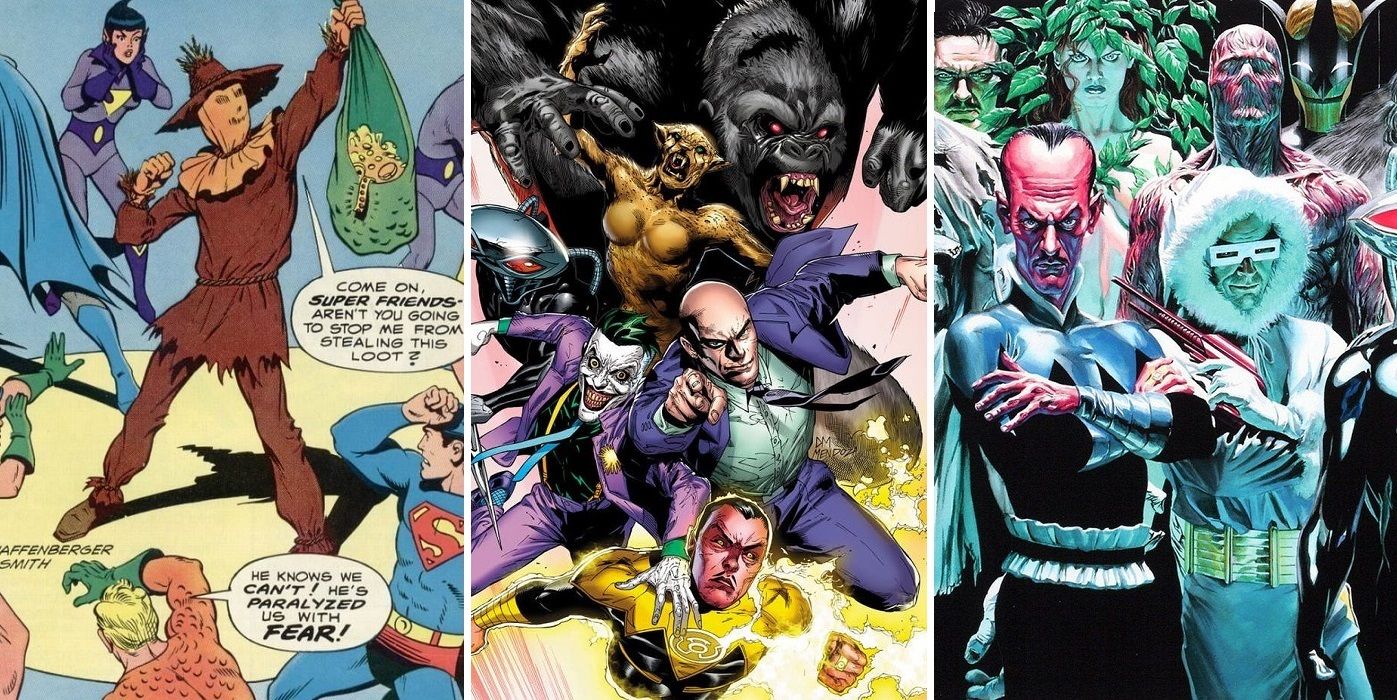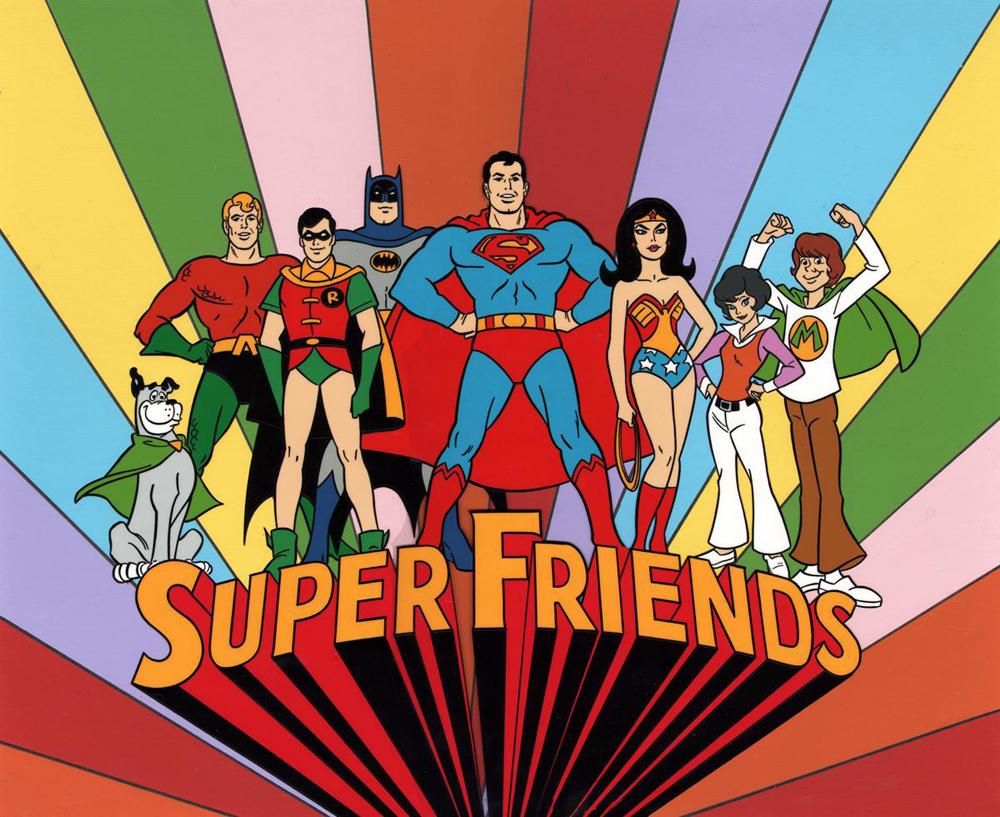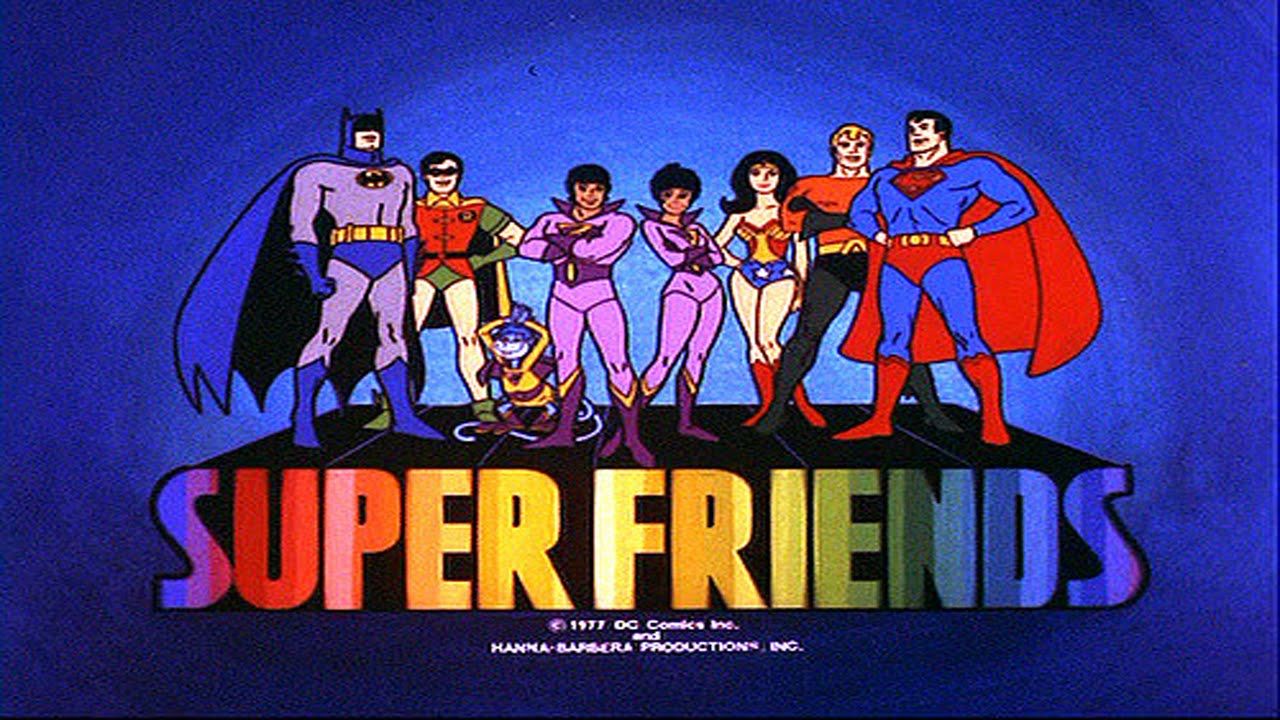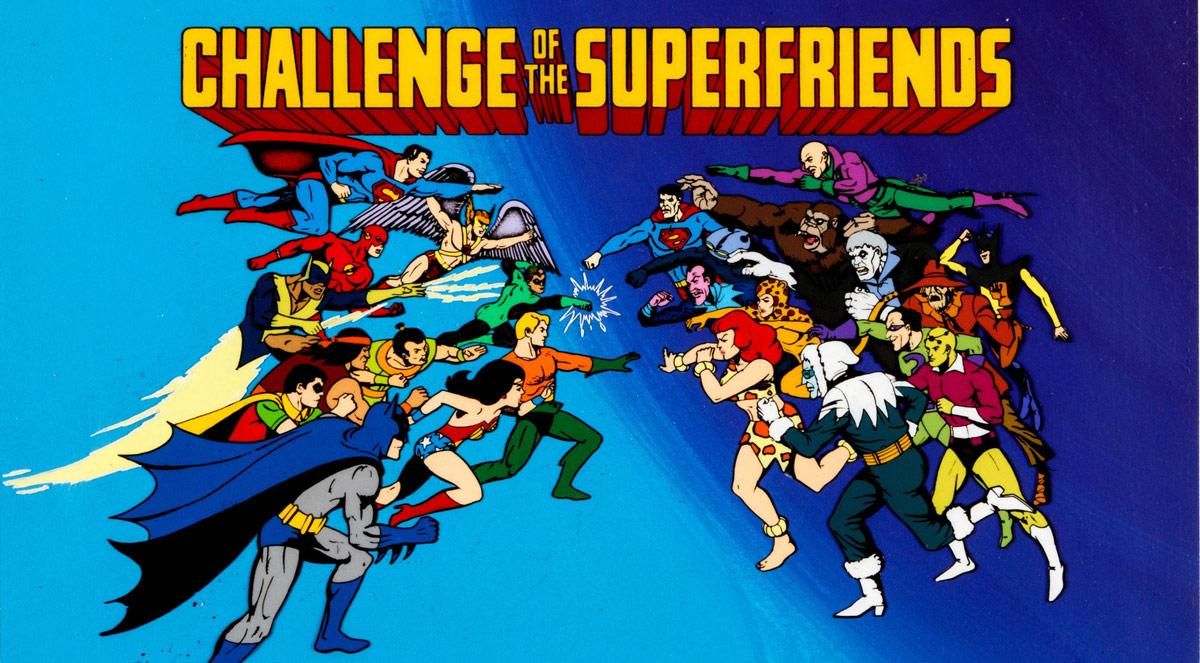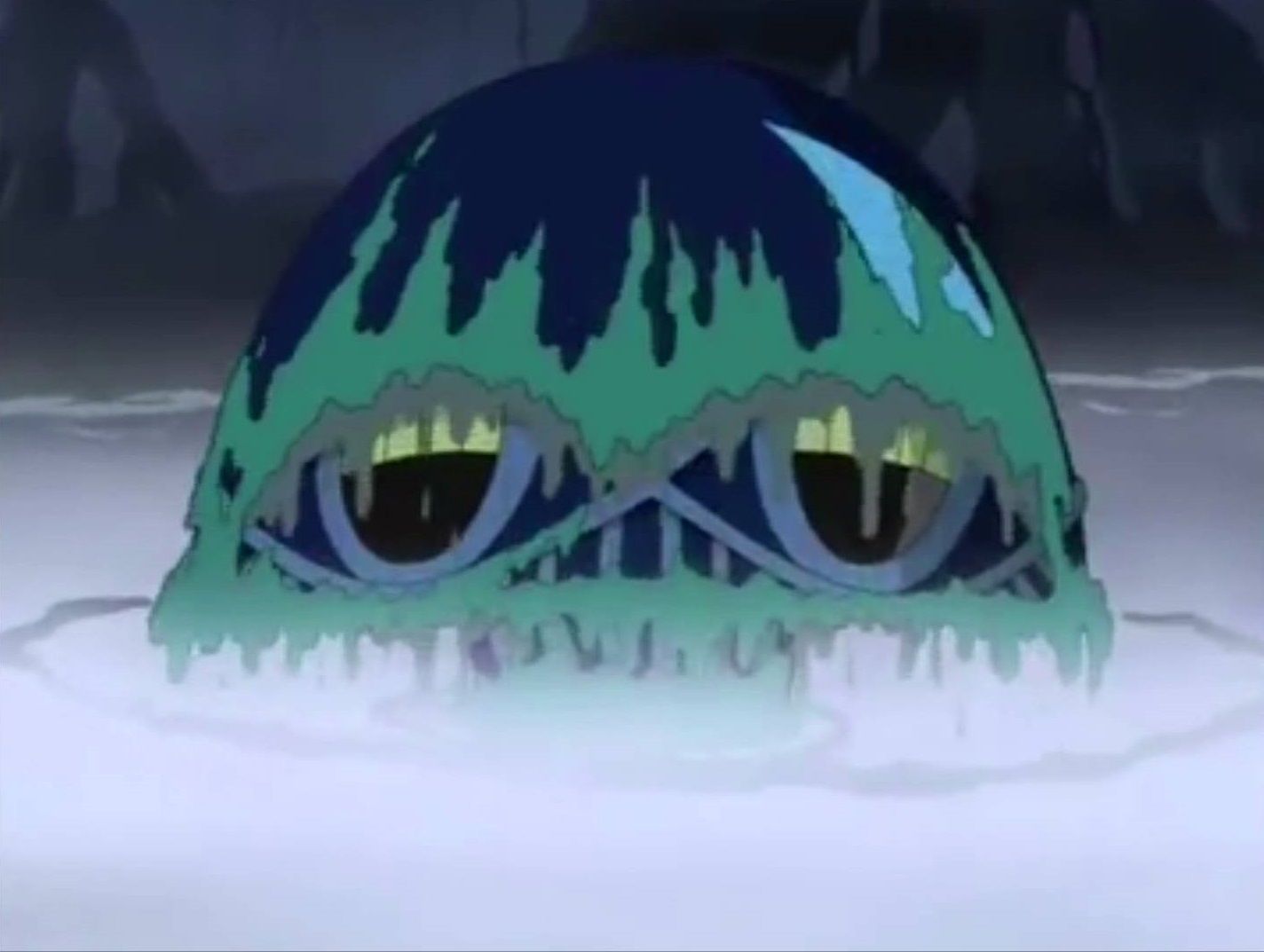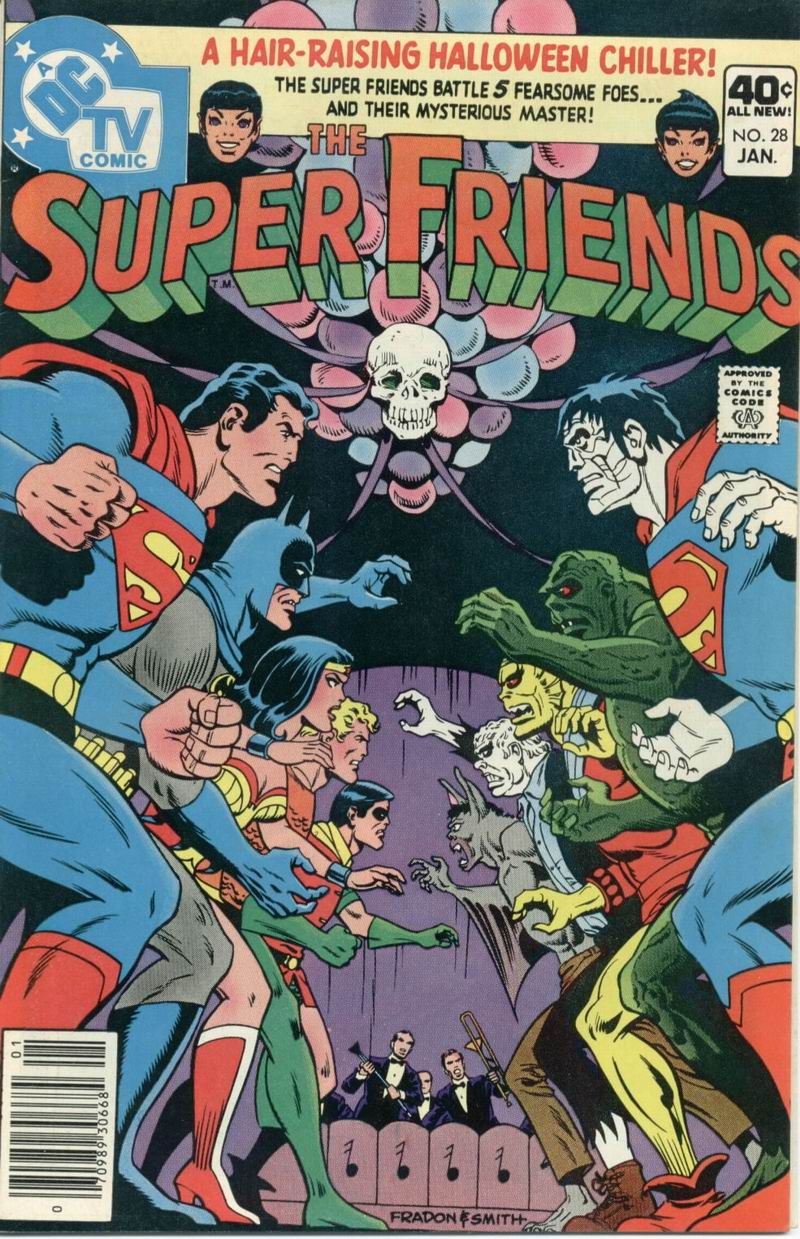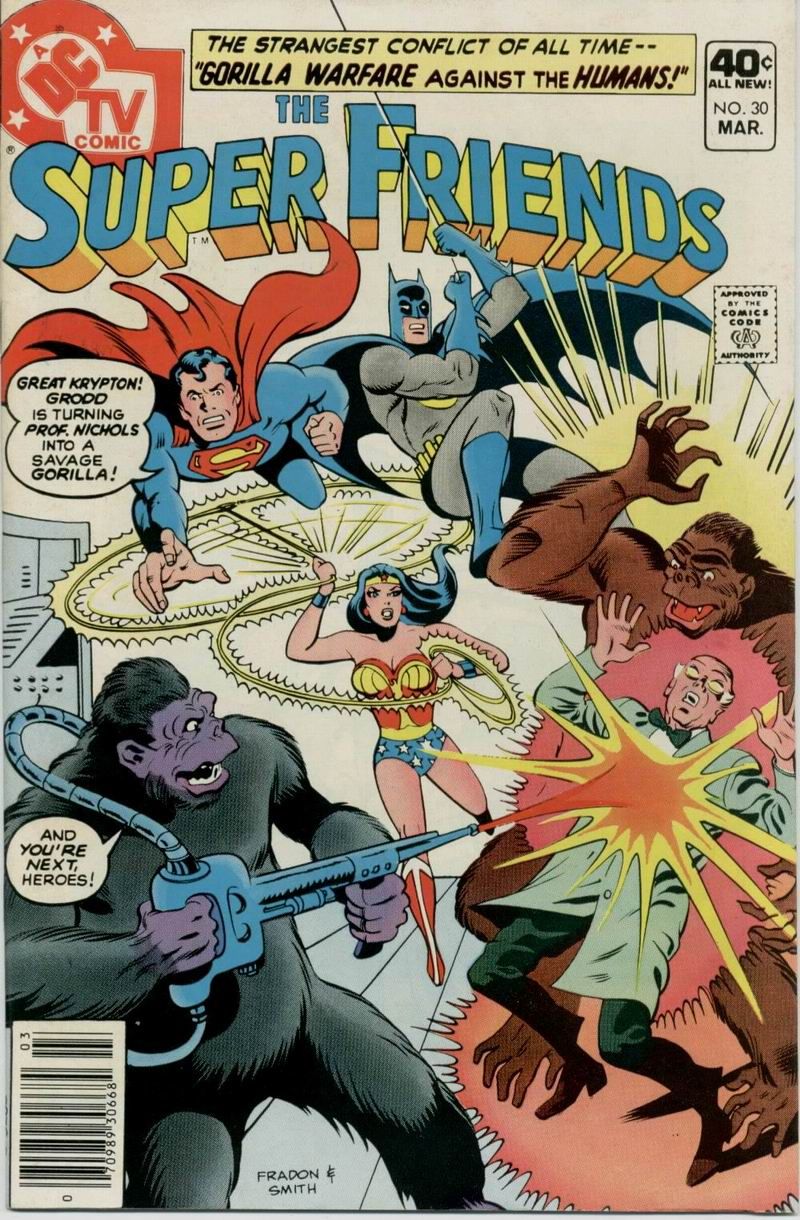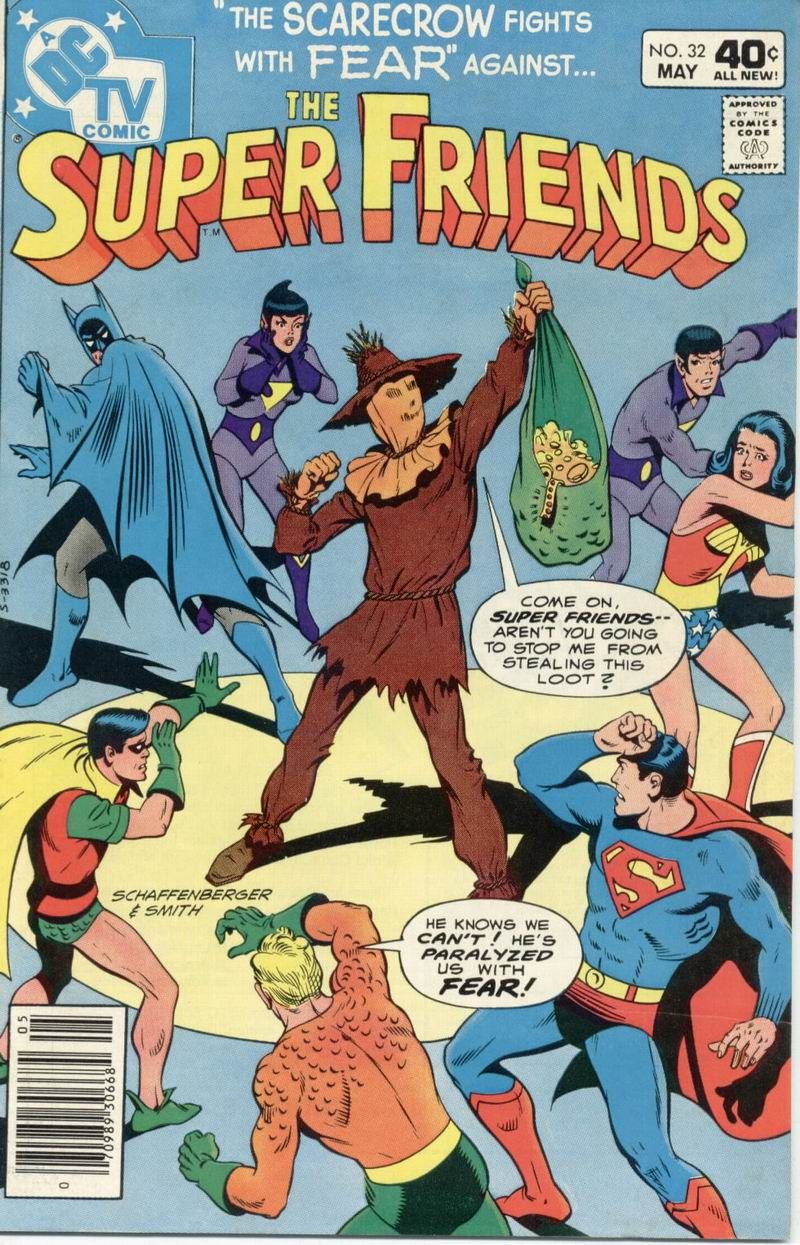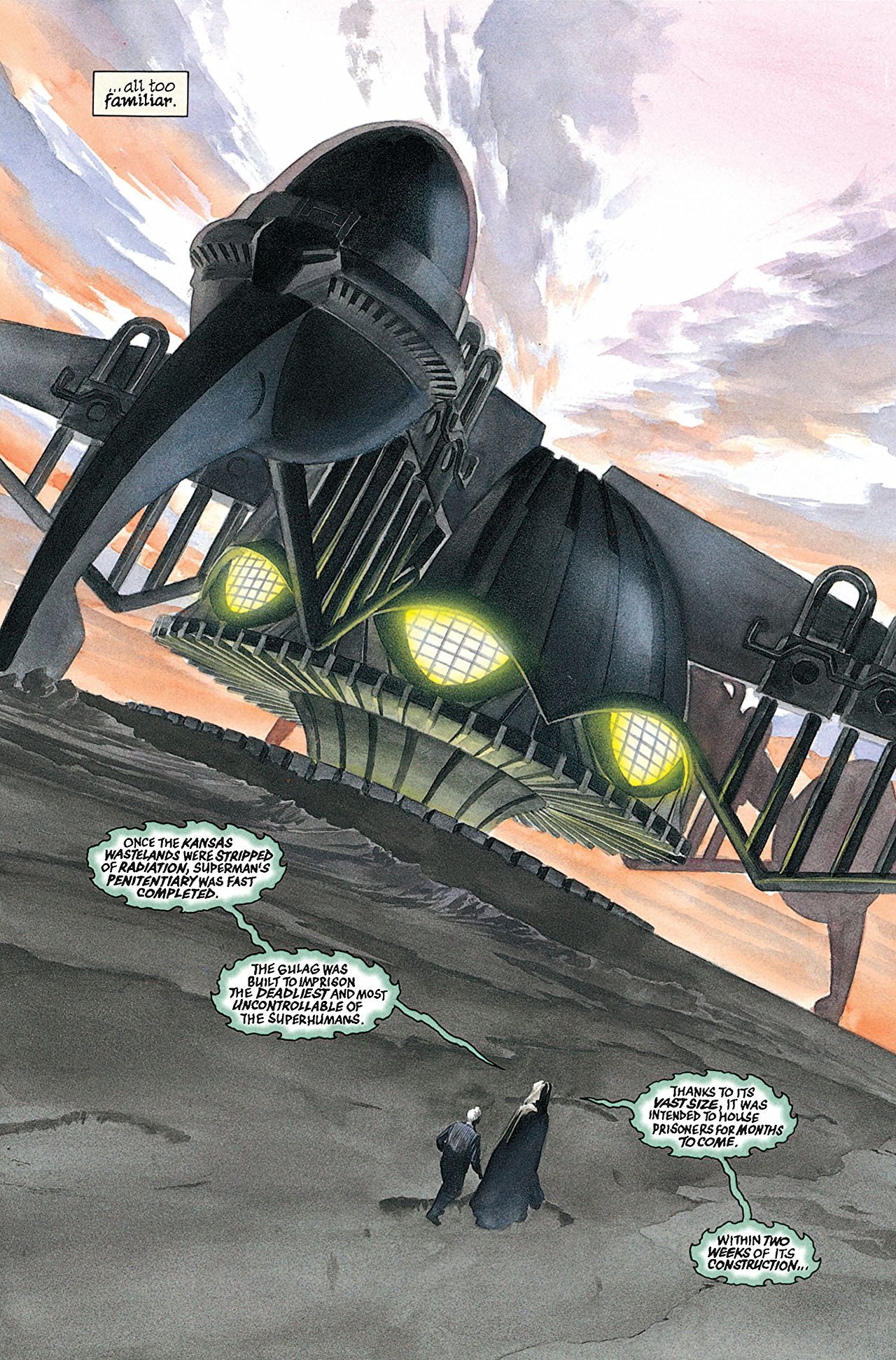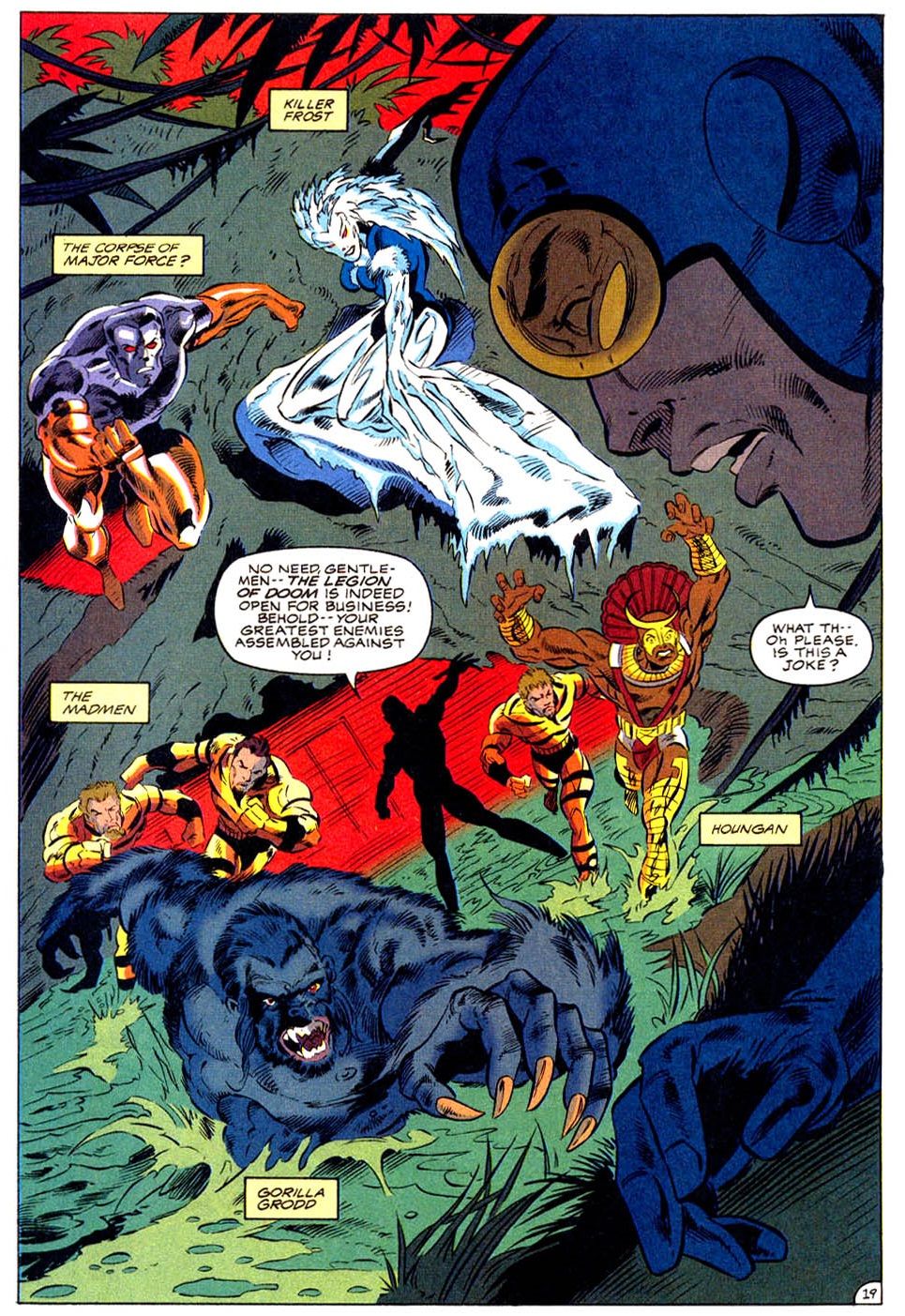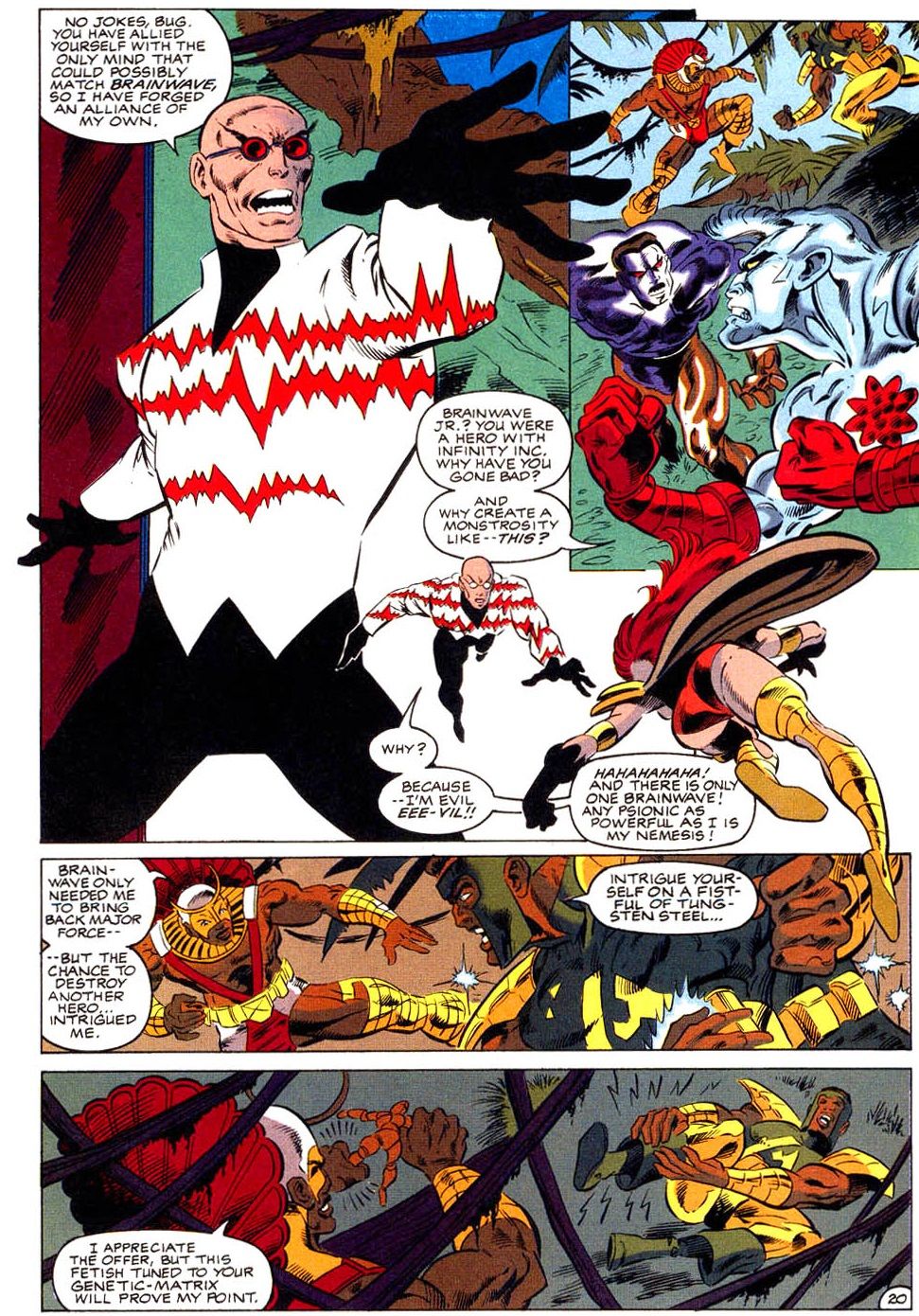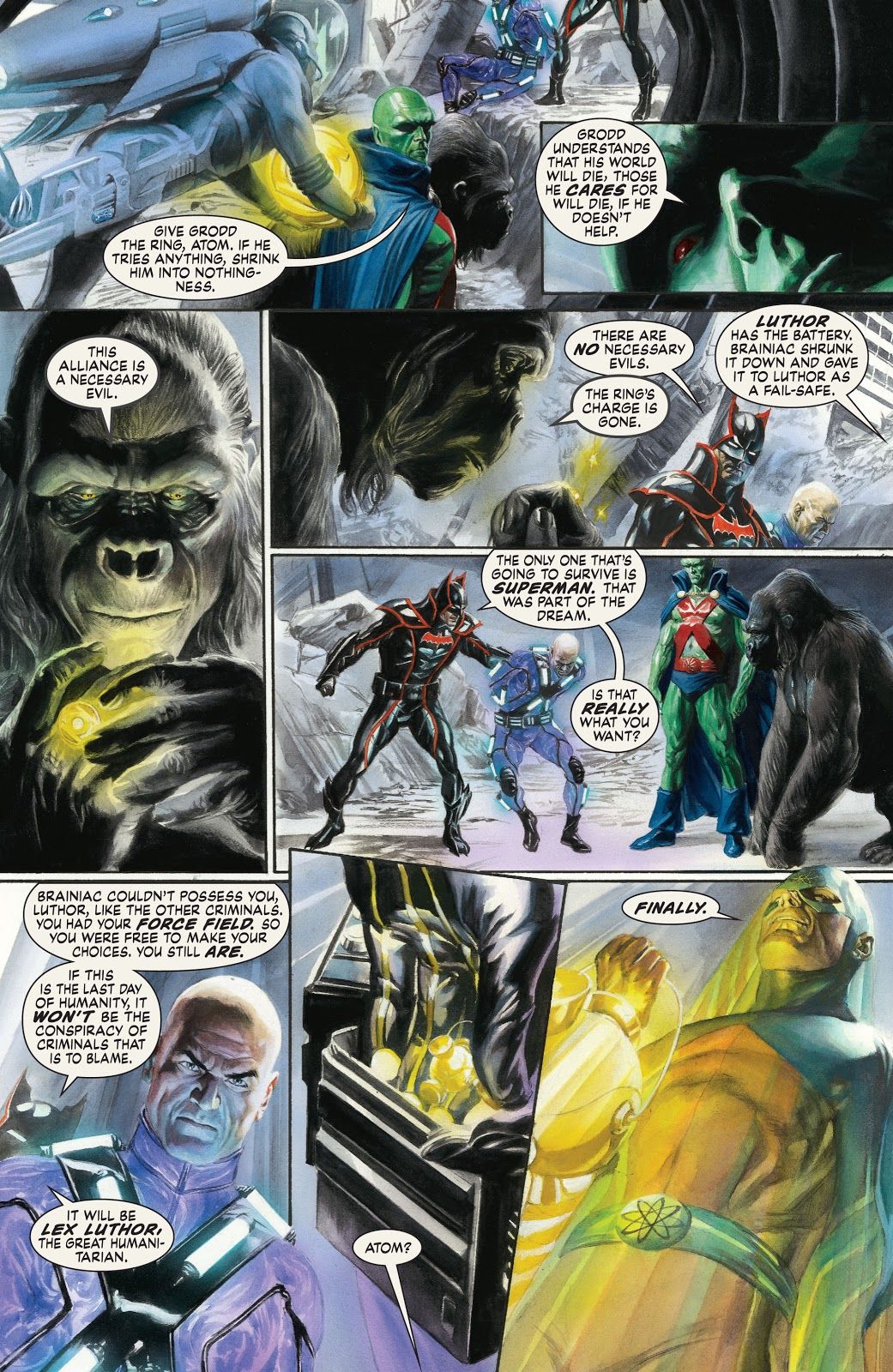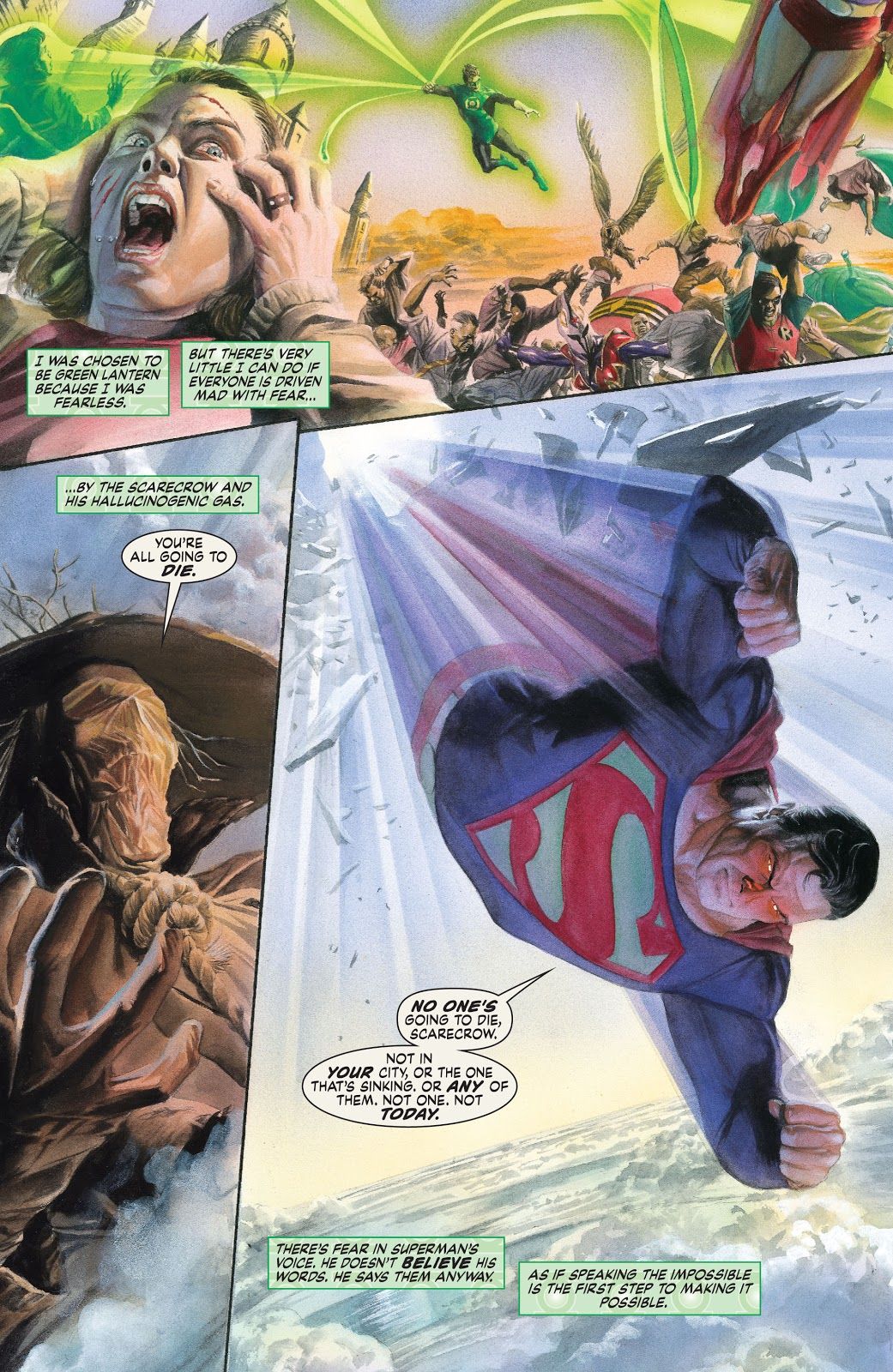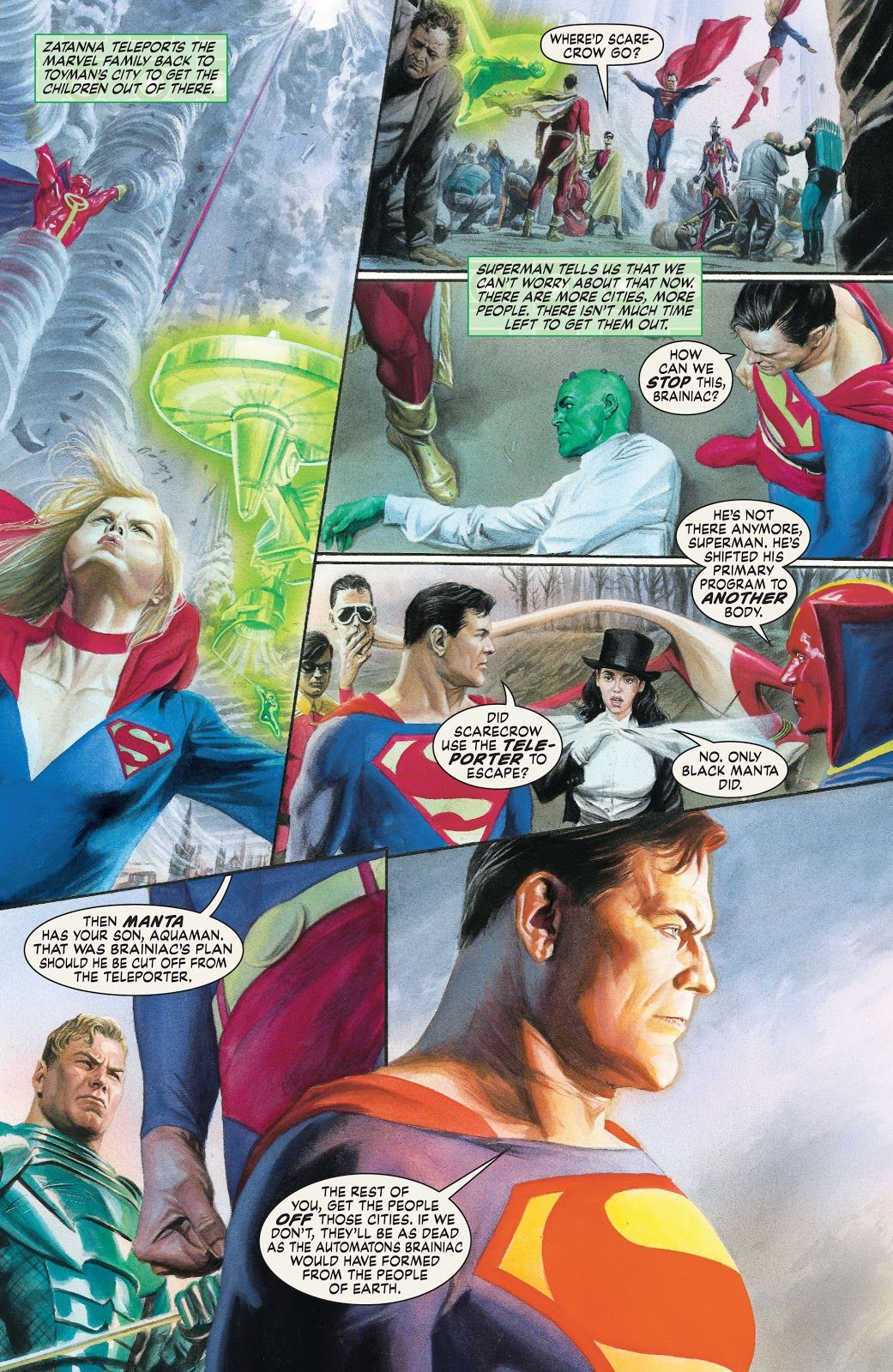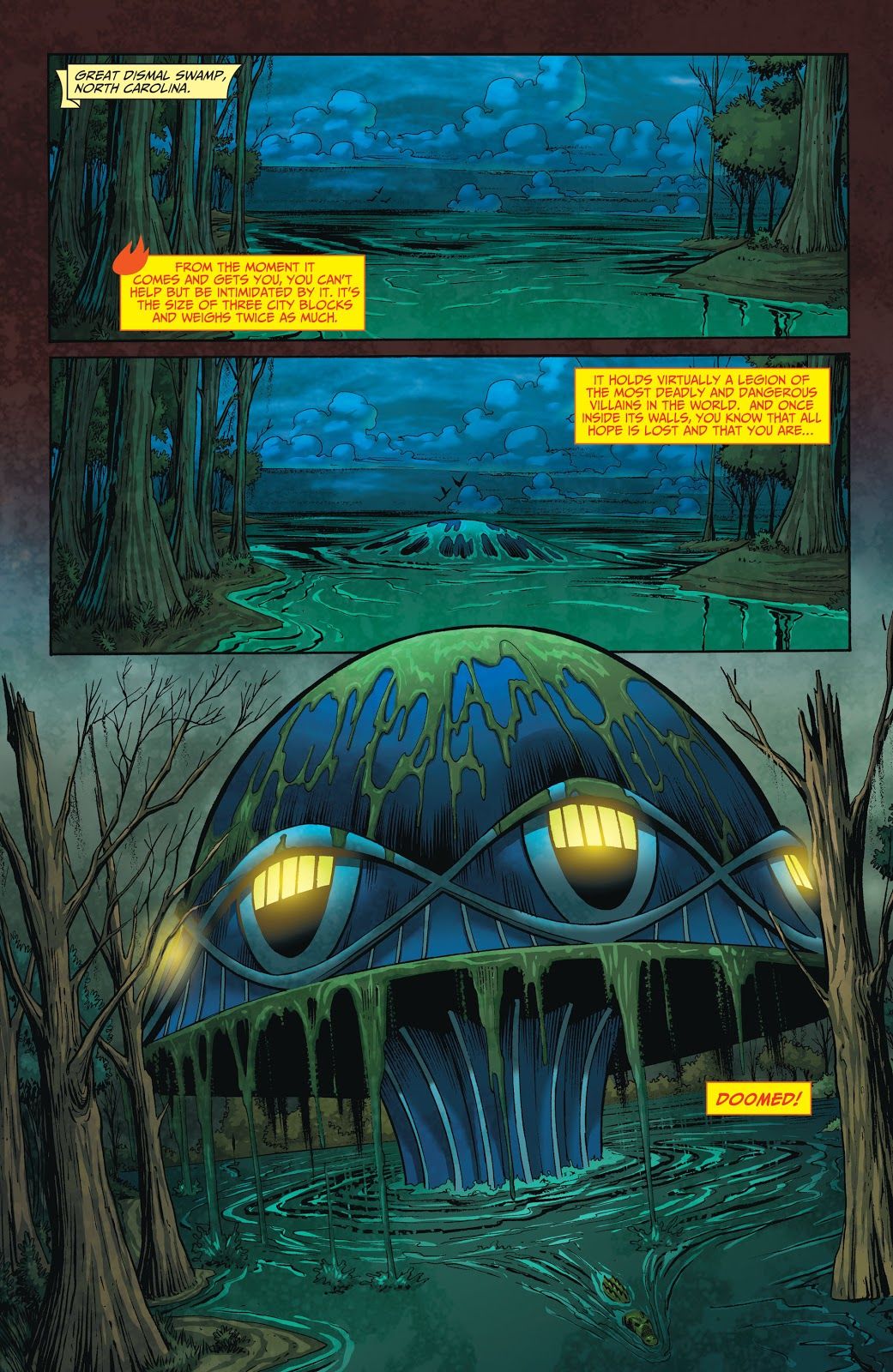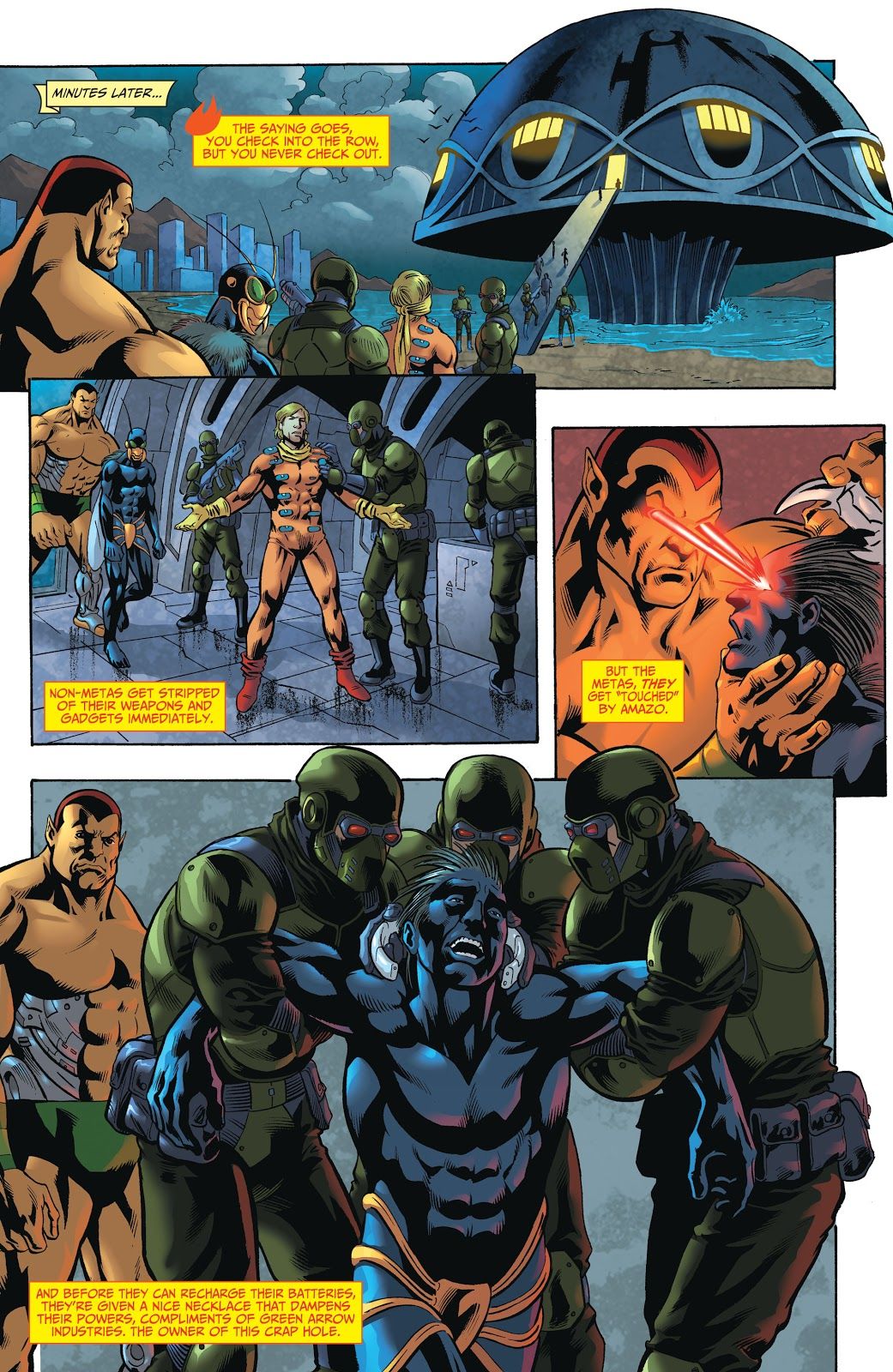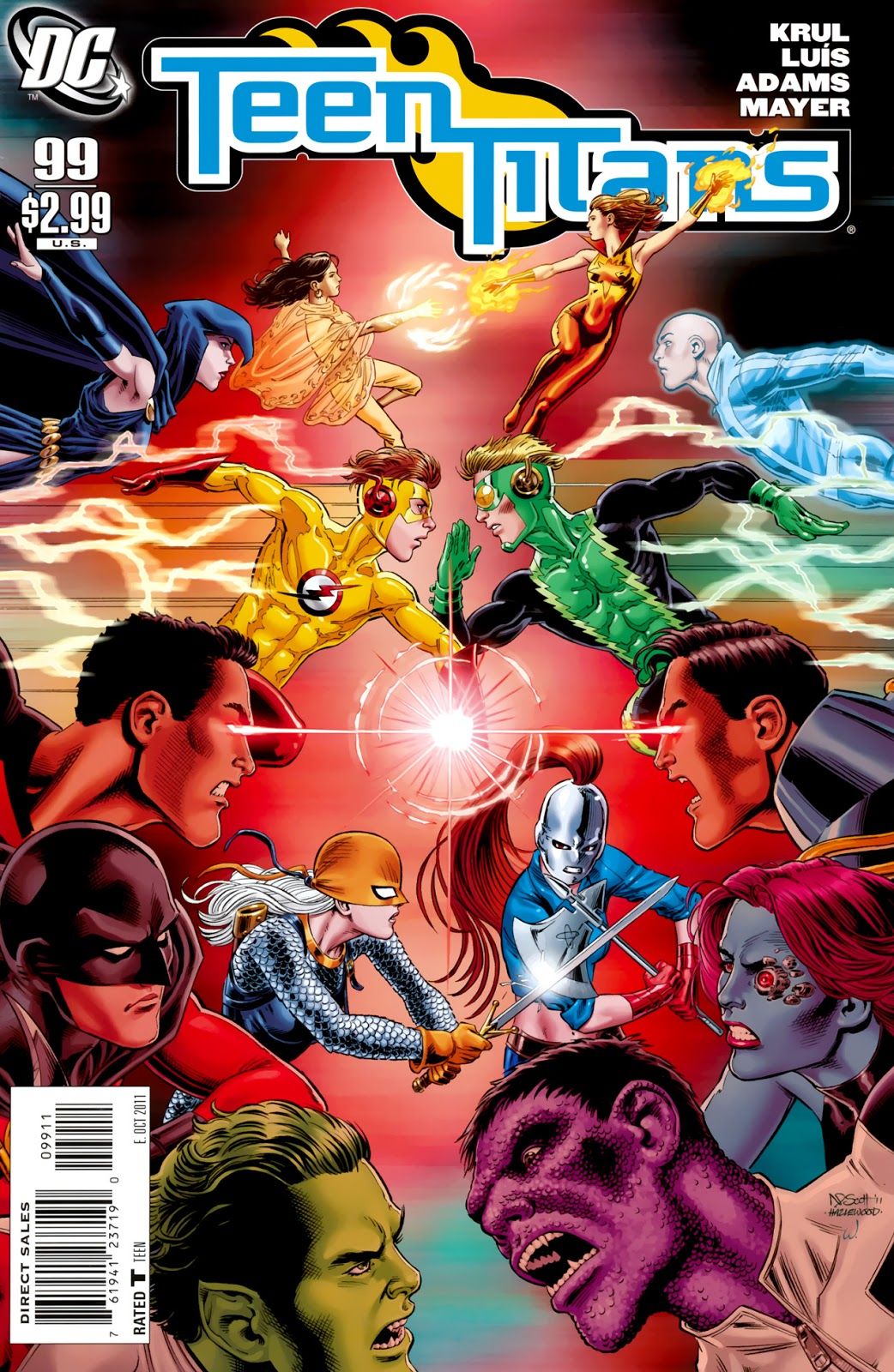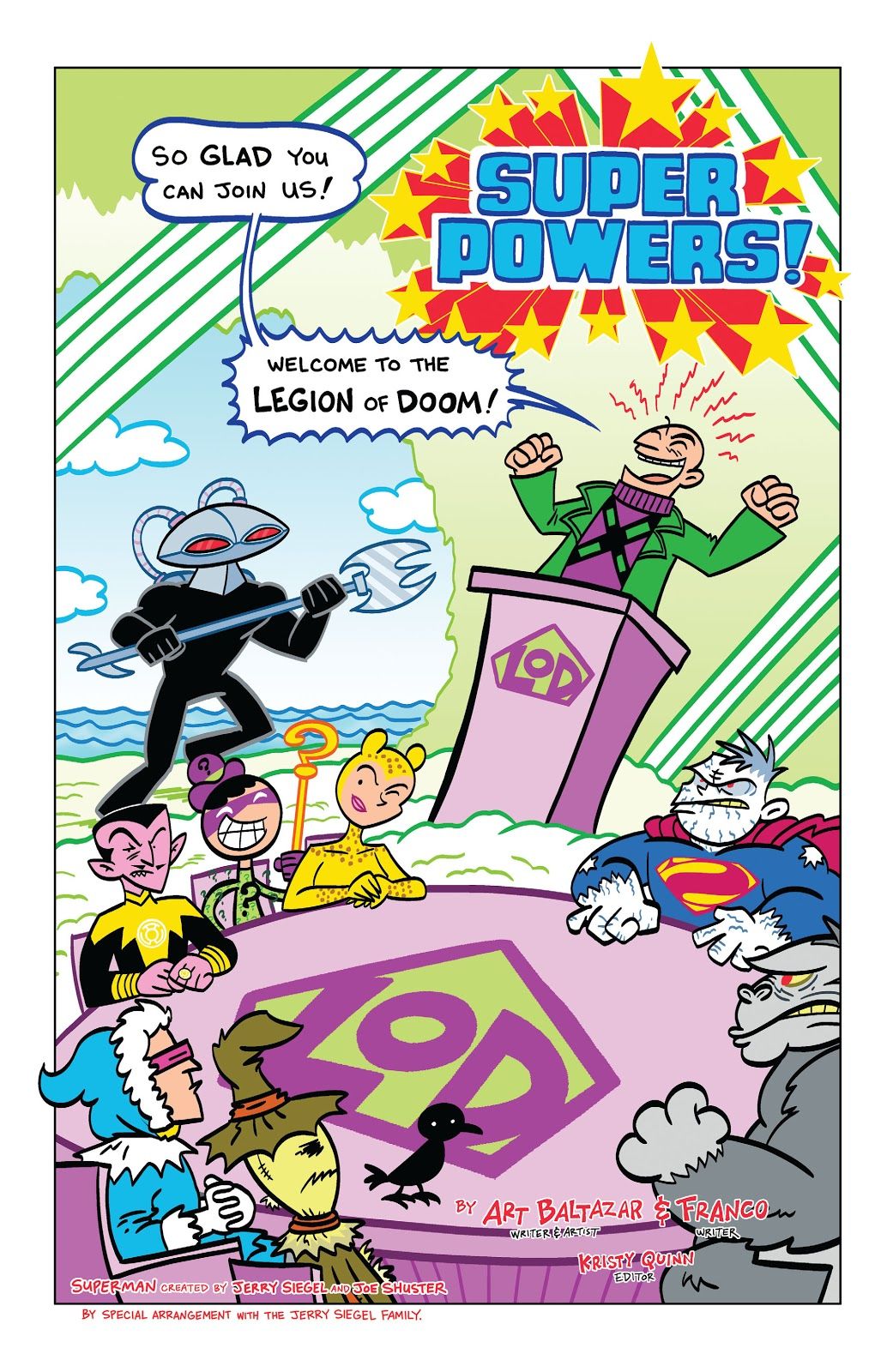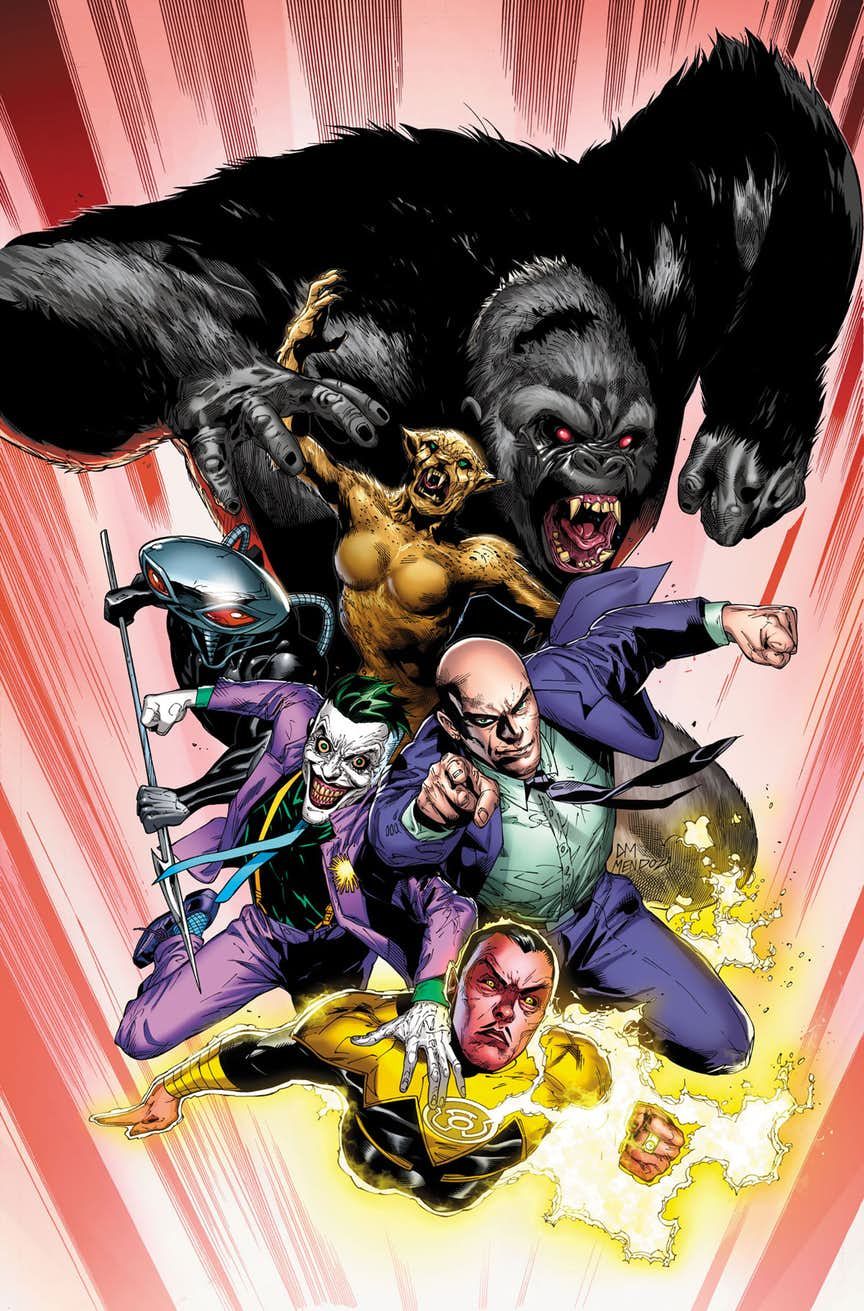Recently, Scott Snyder revealed a big new detail about his upcoming Justice League series, which is that the League will be running afoul of a new team of supervillains led by Lex Luthor (who is renouncing his recent attempts to become a superhero) called the Legion of Doom.
The Legion of Doom, of course, is best known for its appearance on the animated TV series, Challenge of the Super Friends. This is the first major attempt to bring the characters from the world of animation history to becoming a regular part of the DC Comics Universe. However, this is not the first time that the Legion of Doom have appeared in comic books. We will show you the odd comic book journey that the Legion of Doom has gone through on their road to the upcoming Justice League series.
RELATED: EXCLUSIVE: Scott Snyder Shares the Secrets of DC's New Legion of Doom
The Super Friends animated series debuted in the fall of 1973.
It was canceled at the end of its initial 1973-74 season. However, one of the advantages of animated series, especially back in the 1970s, is that you can keep re-airing the series even after it is canceled. Especially for a show like Super Friends that would only air on Saturday mornings, the 16 episodes from the first season were enough to keep kids entertained for the next few years. The show remained popular enough that Hanna-Barbera decided to do a second season in the 1977-78 season.
It was a huge success. They then decided to up the ante and make the third season their most epic season yet. Dubbed "The Challenge of the Super Friends," the season would introduce a new super villain team invented by Hanna-Barbera called The Legion of Doom, featuring most of the most famous DC super villains (with the notable exception of a few major Batman villains who were off limits because Batman had his own solo TV series at the time).
Although the Legion of Doom only appeared in a single season, they were so popular (and that season would be re-run so much over the years) that they are still an iconic part of many generations of superhero fans, especially their famous swamp headquarters...
RELATED: DC’s Legion of Doom Invades Mahnke’s Justice League #5 Cover
During the period that the Super Friends was still just in re-runs, DC Comics finally got around to making a Super Friends comic book series (as the story goes, then-new DC Comics publisher Jenette Kahn basically was shocked that DC wasn't doing a comic book to tie in with the popular animated series based on their comics). After the Legion of Doom was introduced, the various members of the Legion of Doom became recurring characters in the Super Friends comic book series....
But the Legion of Doom mostly avoided the pages of the Super Friends comic book series. It would not be until nearly two decades passed that a version of the Legion of Doom made its way into the pages of an official DC Comics issue.
Page 2: [valnet-url-page page=2 paginated=0 text='Extreme%20Comics%20Bring%20With%20Them%20the%20Legion%20of%20Doom!']
First off, as a quick aside, one of the biggest fans of the Super Friends, in terms of comic book creators, was Alex Ross, who at just the right age for the Super Friends to be burned into his consciousness. So in Kingdom Come, a superhero story set in the future, when the superheroes are forced to start putting supervillains and over-the-line superheroes into a superhuman gulag, the prison looks like the famed headquarters of the Legion of Doom...
RELATED: No Justice Confirms Martian Manhunter is the League’s Most Important Member
The first true Legion of Doom appearance, though, came in the pages of an odd comic book. Extreme Justice was launched in 1994 to be, well, you know, extreme. The artwork was done by Marc Campos in an attempt to evoke the Image style of the early 1990s and the plot of the series was that Captain Atom formed a sort of "rogue" Justice League that didn't care about the rules so long as they got the job done (somehow, this League involved Blue Beetle and Booster Gold, the two heroes that you would totally think of for "rogue, black ops Justice League," right?). By the time that the series ended, however, it was a fairly traditional superhero title with more standard art. One interesting thing was that the series featured the DC Universe debut of the Wonder Twins from the Super Friends.
In the final two issues of the series, Extreme Justice faced off against a supervillain team led by Brainwave (a hero gone evil) called the Legion of Doom that was made up of villains from the rather small Rogues Galleries of the various Extreme Justice members (Major Force for Captain Atom, the Madmen for Blue Beetle, Killer Frost for Firestorm, etc)....
Unsurprisingly, this version of the Legion of Doom did not pop up again after this.
The most significant usage of the Legion of Doom in comics occurred a decade later, when Alex Ross did his two-year-long epic maxiseries, Justice, with co-writer Jim Krueger and penciler Doug Braithwaite (Braithwaite would do the pencils and then Ross would paint over them. The process was not a fast one, so the 12-issue series was released bi-monthly).
The series involved the Justice League and the Legion of Doom all getting visions of the destruction of the Earth and each character had their own particular way of resolving the situation. Ross used the Super Friends cast, except for adding in the characters avoided by Hanna-Barbera, like Captain Marvel, Martian Manhunter and the Joker. Check out this bit from the final issue...
See how it used the Legion of Doom versions of the villains?
In 2011, leading into the "New 52," DC Comics had a crossover event called Flashpoint where Flash went back in time to save his mother (who the Reverse Flash had already gone back in time to murder in the past) and when Flash succeeded in killing Reverse Flash, the present was suddenly dramatically altered. DC then released a number of quick series set in this new "Flashpoint" reality, including Flashpoint: Legion of Doom (by Adam Glass, Rodney Buchemi and Jose Marzan Jr.), where it starred a group of super villain prisoners trapped in a special prison that looked like the headquarters from the Super Friends cartoon...
Glass, of course, then wrote the similarly-themed Suicide Squad comic for the "New 52."
Right around this same time, at the end of his Teen Titans run (that was ending due to the "New 52"), J.T. Krul introduced a new Legion of Doom, this time as a super villain team for the Teen Titans, consisting of "evil opposites" of the members of his Teen Titans team. Mostly Superboy-Prime and a bunch of minor villains...
In the recent kids comic, Super Powers!, Art Baltazar and Franco introduced a version of the Legion of Doom into that comic's continuity....
And now we'll have the new version in Scott Snyder and Jimmy Cheung's Justice League!
I have a feeling that this version is going to stick around, though!

